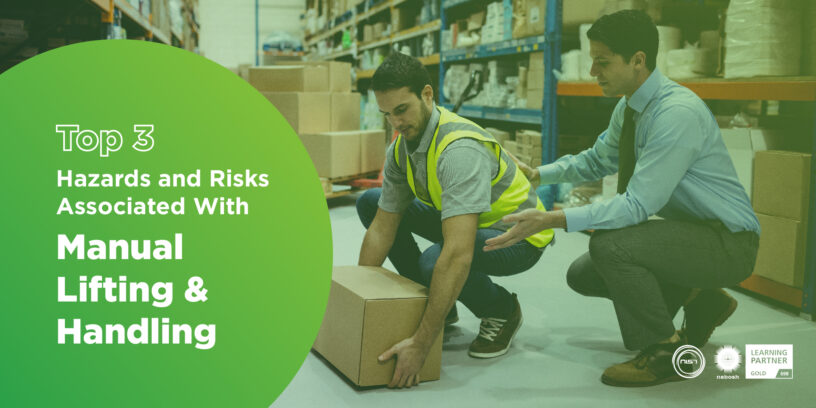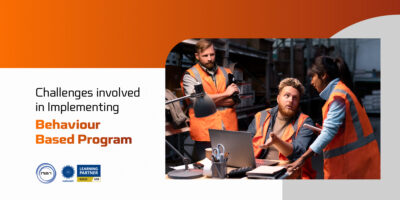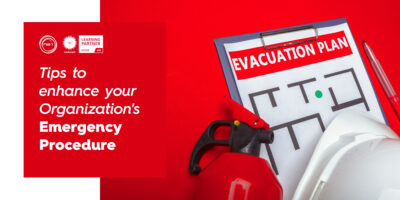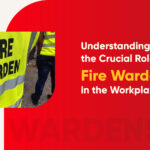Workplaces often involve lifting and handling jobs, which have a number of dangers and risks that might result in mishaps, accidents, or even fatalities. It is crucial that both employees and employers are aware of these risks and take the necessary precautions to avoid them. This blog post will go through top 3 lifting and handling task risks and hazards. Workers and employers can make the workplace safer and lower the risk of accidents and injuries linked to lifting and handling duties by being aware of these risks and taking the necessary precautions to prevent them.
1. Musculoskeletal Disorders
Injury to or disease of the musculoskeletal system, which consists of muscles, tendons, ligaments, joints, and nerves, are referred to as musculoskeletal disorders (MSDs). Numerous things, including overexertion, repeated activities, inappropriate postures, and contact stress, can cause them.
Overexertion: An excessive amount of strain can be put on the muscles, tendons, and ligaments when lifting loads that are too heavy or beyond a worker’s capability. Micro-tears, inflammation, and persistent discomfort may develop as a result over time.
Repetitive motions: The musculoskeletal system can deteriorate from performing the same lifting or handling duties repeatedly, leading to repetitive stress injuries as tendinitis, bursitis, or carpal tunnel syndrome.
Awkward postures: Workers must frequently bend, twist, or reach in ways that strain their joints and muscles in order to complete lifting and handling jobs. Over time, these unnatural positions can result in strains, sprains, and other MSDs.
Contact stress: Soft tissues, nerves, or blood vessels can be damaged locally by pressure from hard or sharp objects, such as a firm grasp on a tool or resting a leg against a sharp edge. This can result in MSDs such carpal tunnel syndrome or thoracic outlet syndrome.
MSDs, including injuries to the back, shoulder, and knee, can significantly affect a worker’s quality of life and capacity to do their job. In extreme circumstances, these wounds may result in long-term impairment, decreased movement, and persistent discomfort.
Employers should teach employees properly on lifting procedures, maintain a safe workplace, and encourage staff to utilise the necessary tools and equipment in order to prevent MSDs. To reduce the incidence of MSDs, workers should also be aware of their physical limitations and use excellent body mechanics.
2. Slips, Trips, And Falls
The most frequent causes of job injuries, particularly when lifting and handling tasks are involved, are slips, trips, and falls. Numerous factors, including damp or slick floors, congested work areas, and unstable surfaces, might contribute to these mishaps. Workers who become unbalanced when handling or lifting items run the risk of suffering major injuries, losing their lives, or even causing significant property damage.
Wet or slippery surfaces: Surfaces can become slick due to spills, leaks, or damp floors, which raises the possibility of workers slipping while moving weights. Falls, dropped items, or a lack of control over the goods being lifted or handled are all possible outcomes of this.
Cluttered work areas: Workers may trip over or lose their balance while lifting or handling objects if there are obstructions in the walkways, such as tools, equipment, or debris. Trips and falls, dropped cargo, and accidents to the worker or nearby residents can all result from tripping.
Uneven or unstable surfaces: Workers may find it challenging to keep their balance while handling or lifting loads when working on uneven or unstable surfaces like ramps, steps, or gravel. This raises the possibility of falls and mishaps, especially when a heavy or oddly shaped load is being carried by the worker.
Inadequate footwear: Slips, trips, and falls can be caused by wearing the wrong shoes, such as those lacking supportive soles or slip-resistant soles, while doing lifting and handling jobs.
Poor visibility: Workers may find it challenging to identify possible floor hazards due to poor lighting or obstructions, which increases the risk of slips, trips, and falls.
Employers must keep their workplaces tidy and organised, offer sufficient illumination, and make sure that employees are wearing the proper footwear in order to reduce the risks of slips, trips, and falls while doing lifting and handling duties.
3. Falling Objects
Inadequate lifting techniques: If employees do not utilise adequate lifting methods, such as keeping the load close to the body and bending at the knees, they risk losing control of the object, which could lead to a fall or a slip.
When performing lifting and handling duties, falling objects can provide a serious risk, especially when loads are improperly secured or when employees are not using the right tools or techniques. Dropped objects have the potential to inflict serious harm, including fatalities, fractures, and head trauma. The following are some typical causes of falling objects during lifting and handling tasks:
Poorly maintained equipment: Equipment that has not been properly maintained, such as frayed or worn-out cables, might fail during lifting and handling operations, resulting in loads falling.
Equipment overload: If workers use forklifts or cranes that are heavier than they are designed to be, the equipment may topple over or break, dropping the cargo.
Unsafe work practises: Employees run a higher chance of being struck by objects that fall when they engage in unsafe work practises, like horseplay or standing next to hung cargo.
Others may include Overexertion, Poor visibility, inadequate training, equipment failure, ergonomic hazards, etc.
Conclusion:
In many workplaces, lifting and handling responsibilities are frequent, and they provide serious risks to employees. If not adequately managed, the physical demands of these duties might result in musculoskeletal problems, injuries, and accidents. Employers must undertake complete risk assessments, offer the right training and equipment, and put safety measures in place to reduce the dangers related to lifting and handling.
To avoid work-related injuries, employees must also practise safe lifting techniques, report any hazards or injuries, and maintain good physical fitness. Employers may create a safe and healthy work environment and safeguard their employees from damage by putting a high priority on safety and employing efficient risk management measures.














Leave a Reply